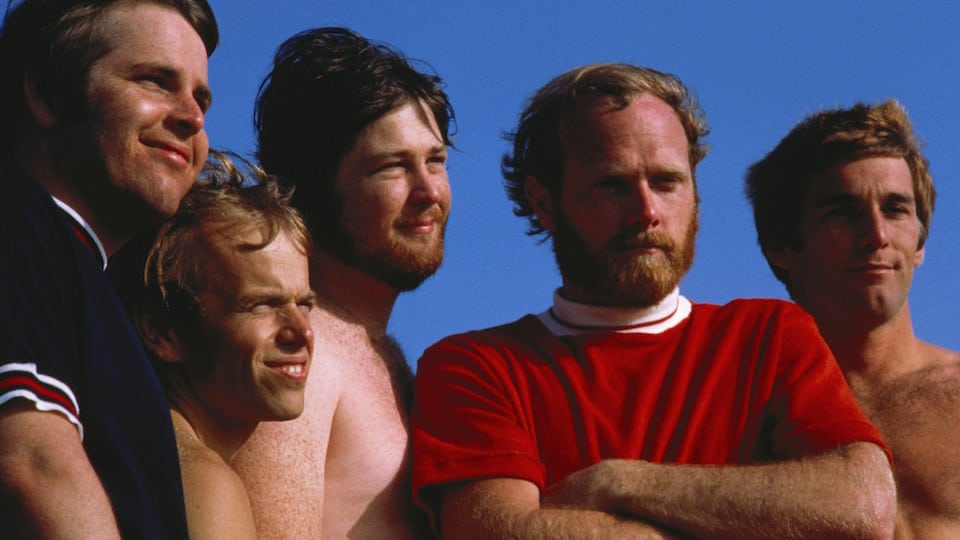There were basically two groups in the 1960s: The Beatles and The Beach Boys. It was Love v Lennon, Wilson v McCartney. But where The Beatles were a rock group that elaborated on their vocal harmonies, The Beach Boys were a vocal group that used rock as a platform for success. Of the two bands, The Beatles have arguably boasted the greater appeal, but there’s no denying The Beach Boys’ influence on the English group. Indeed, Brian Wilson might be the only composer Paul McCartney might consider his equal, which is evident from the choir of voices on “Here, There & Everywhere” and “Oh Darling.”
In 2000, The Beatles released The Anthology, a book that examined their ten-year career. It would be reductive to describe the new book The Beach Boys by The Beach Boys as their “Anthology,” but it nevertheless explores their career from rabble-rousers to pop writers par excellence. Guitarists Pete Townshend and Jimmy Page contributed memories to the book, the latter recognizing the “surf” imprint on musicians who had never traveled to America to ride the waves.
Mike Love – who still tours under the Beach Boys brand – cites Jan and Dean as an influence, stating that they were “practically oozing California from every pore.” Where Love entertained crowds from the front, bassist Brian Wilson spent his evenings writing songs, stumbling onto the melody of “Surfer Girl” at a hot-dog stand (he considered it his favorite song of that oeuvre). In the book’s impressive archive of mementos, we see the original hand-written notes of “The Ballad of Ole Betsy,” one of a collection of lyrics that pad out the pages. And then there’s the photos of Phil Spector, a producer who made one of the greatest impressions on the quintet. “Brian adored Phil Spector,” recalled Carl, one of the three Wilson brothers in the band. “Brian started going to Phil’s sessions and they just blew him away.”
Spector’s influence is palpable on Pet Sounds, although there is no denying the impact Love brought to the giddily inventive “Wouldn’t It Be Nice.” Where Brian Wilson brought beauty, Love brought grit, and it was that combination that made the record so successful. They were clean-shaven in 1966, but by 1970, they were notably hairier, as the photos demonstrate.
By 1971, the music, once bright and poppy, had taken a slightly darker route. The band expanded their palette on Holland. “Sail On, Sailor” featured on Martin Scorsese’s Oscar-winning The Departed – continued to harness their sound, both on record and stage.
Tellingly, the book ends in 1980, which is understandable considering some of the tragedies experienced by the band in the years immediately after, but the selection of interviews, photographs, and anecdotes makes this a must-read for aficionados.
Newbies will enjoy the historical elements of the book, but the work as a whole will probably appeal more to those who have enjoyed the band since the 1960s. “I always thought our lyrics should connect with the largest number of people possible,” Love admits. And judging by the imprint they left behind (McCartney, Lol Creme, Michael Stipe, and Father John Misty have carried on the DNA in their work), there is no denying that they reached people all over the world. The Beach Boys by The Beach Boys is a very good book indeed.
-Eoghan Lyng
Photo: Getty Images





Surf’s up!
Great music.